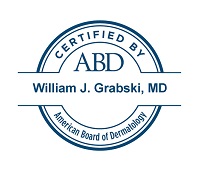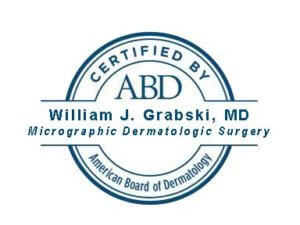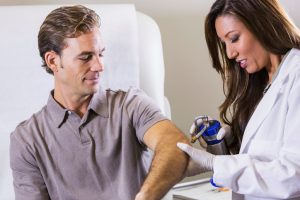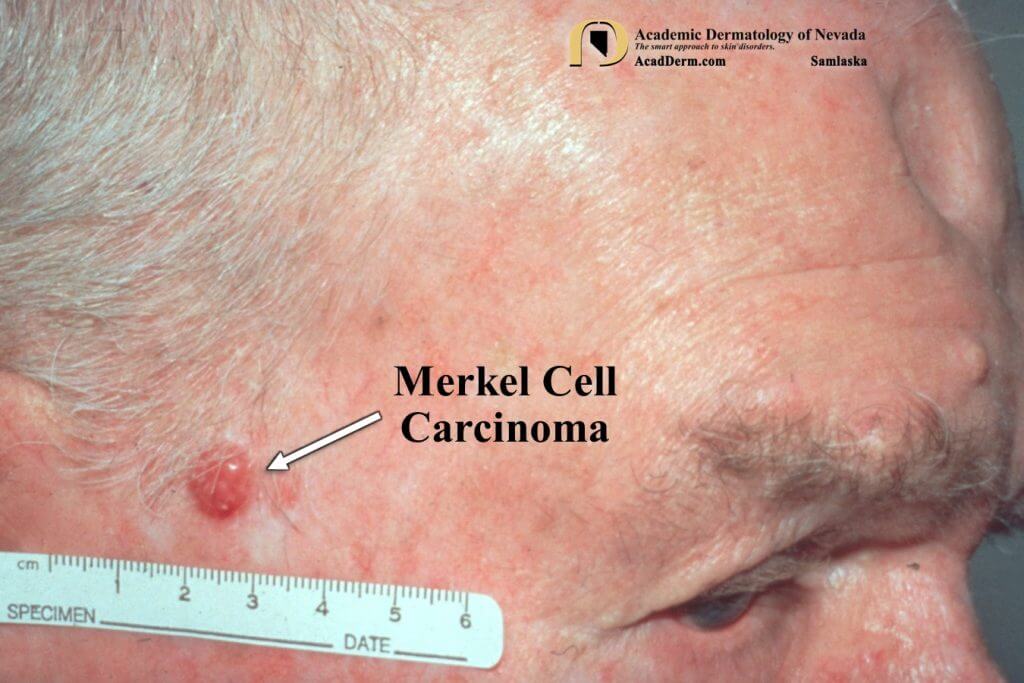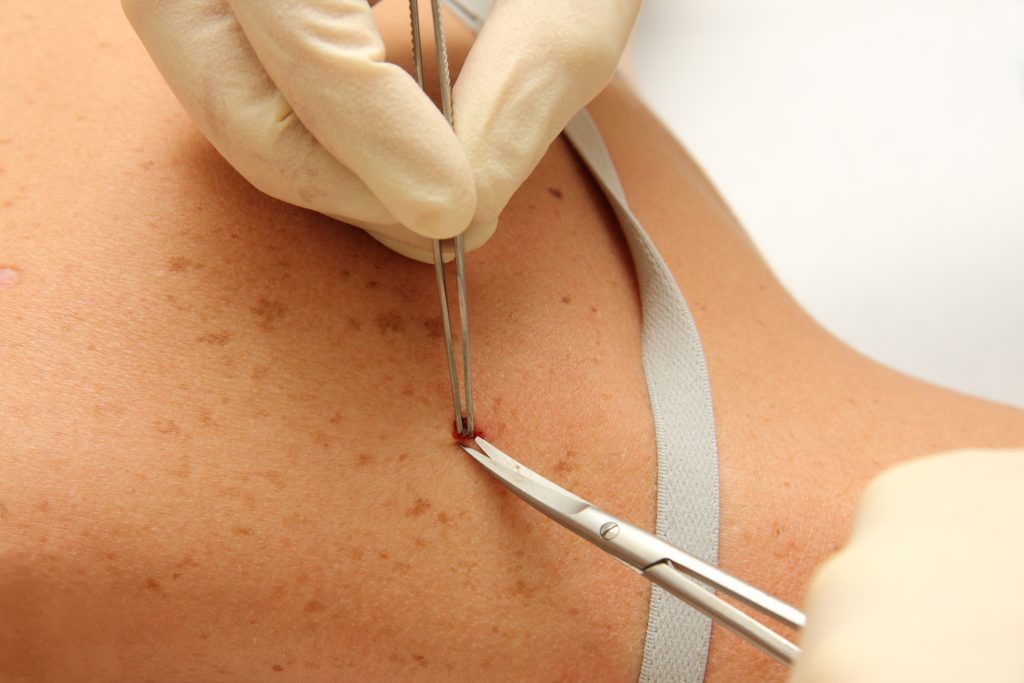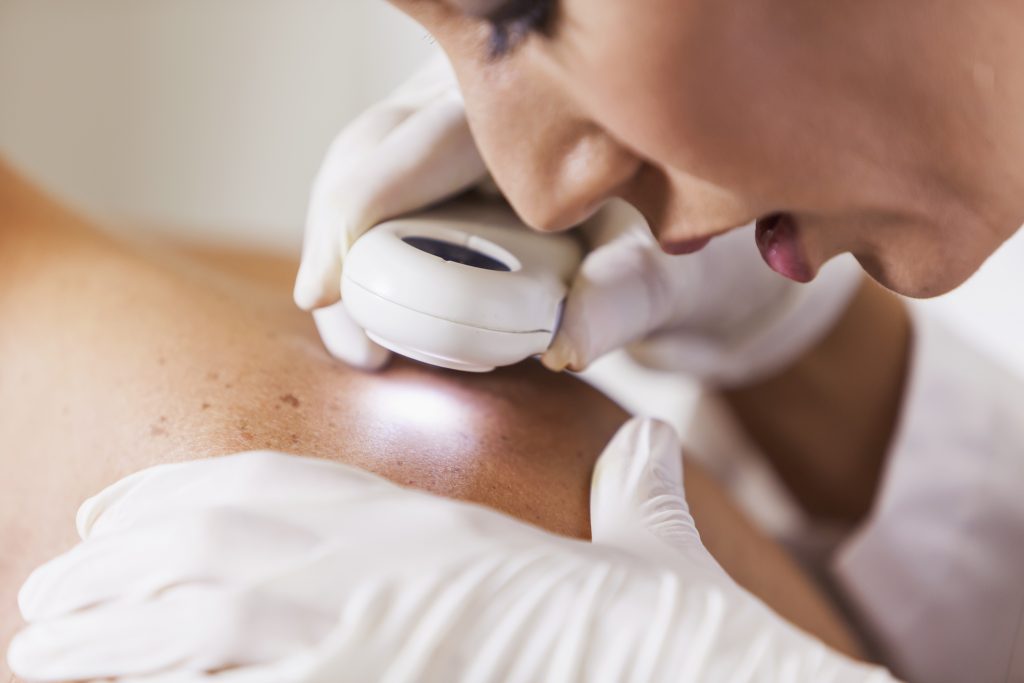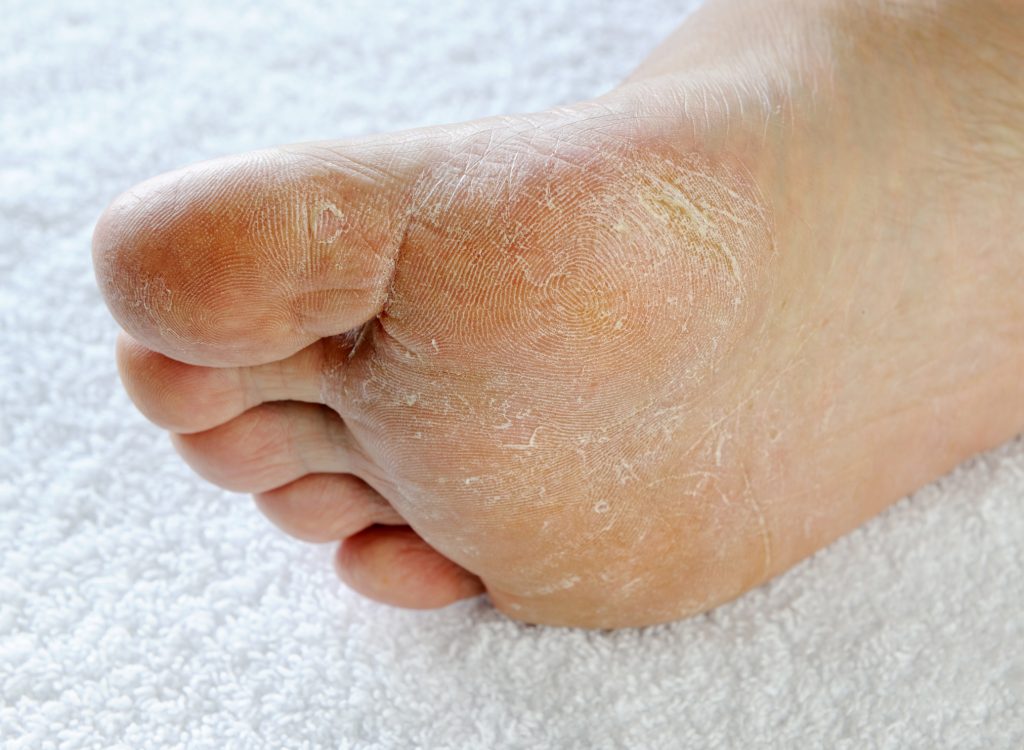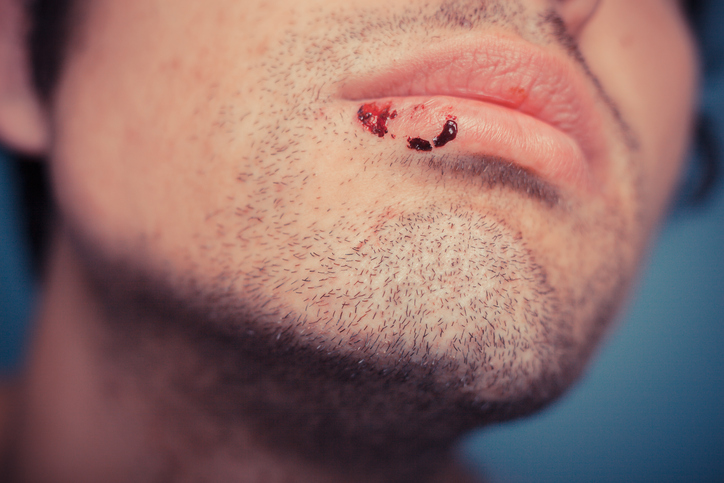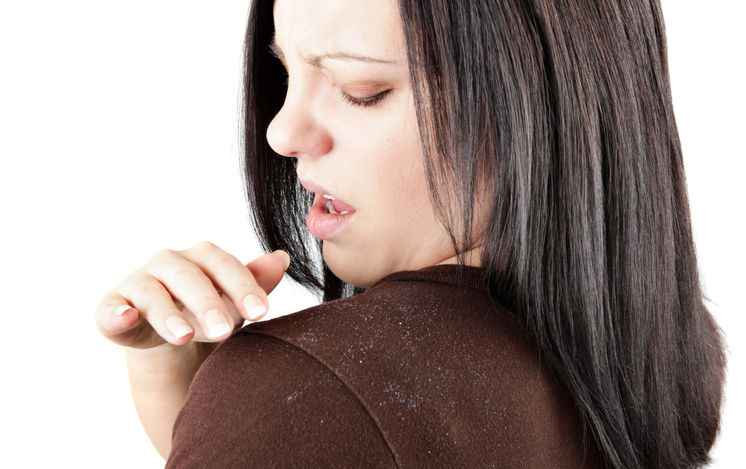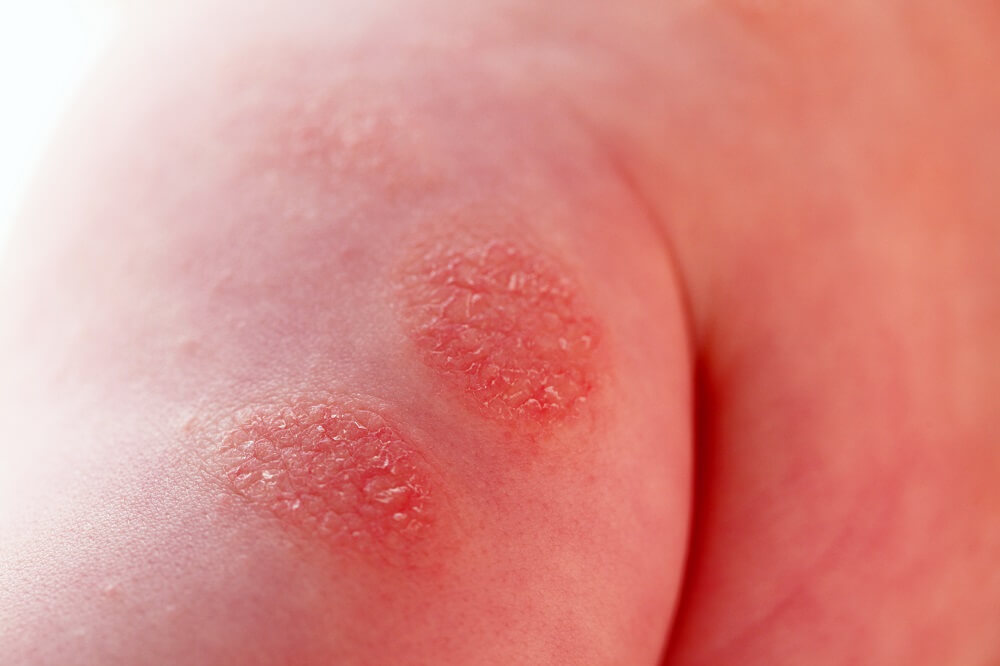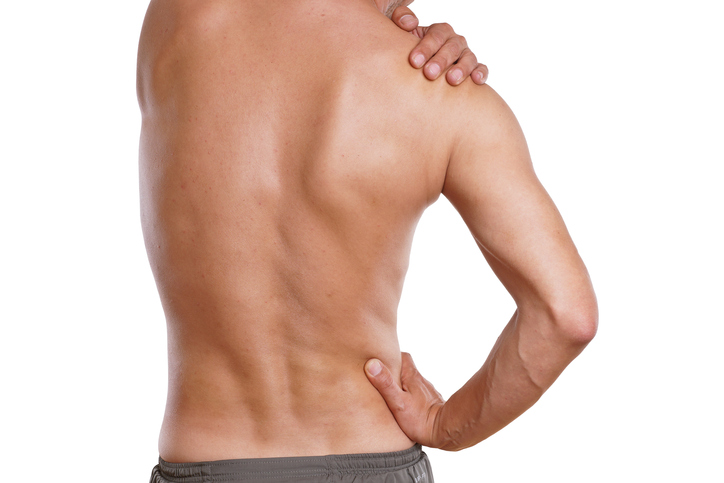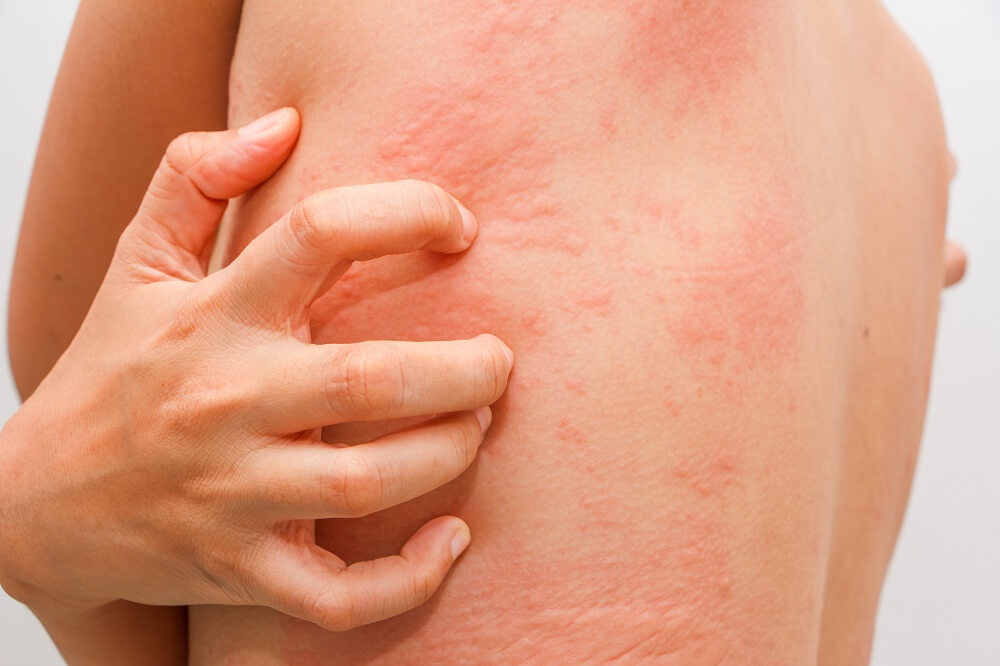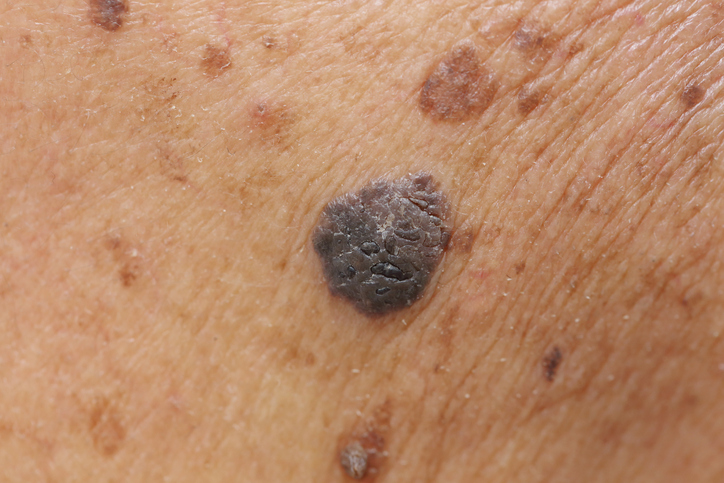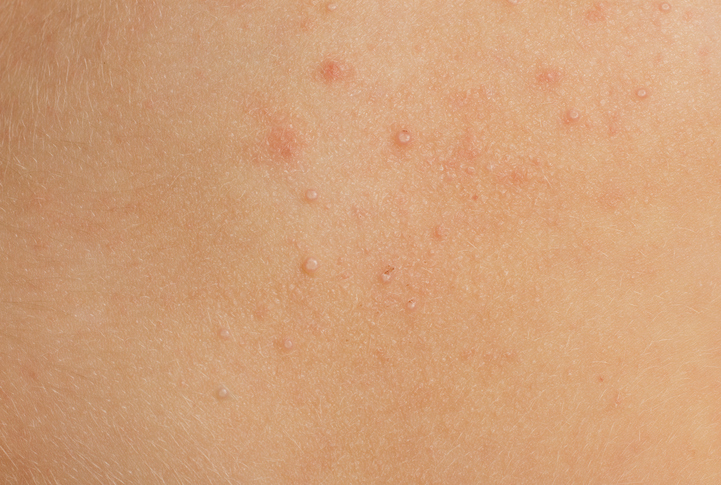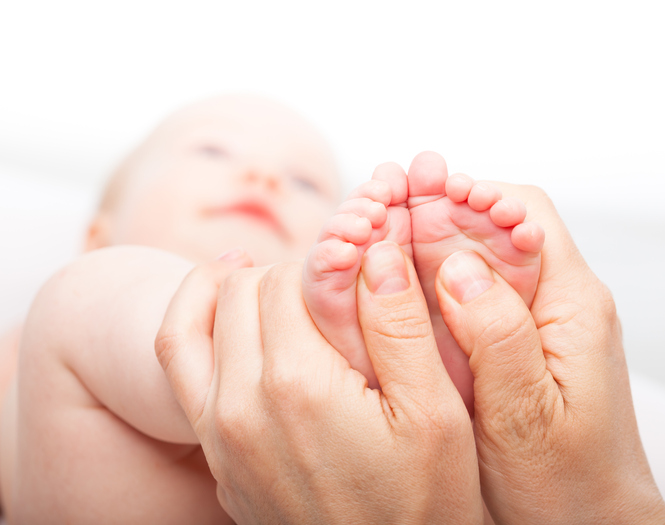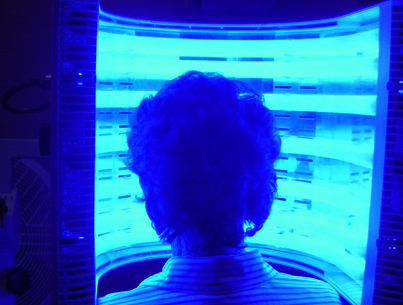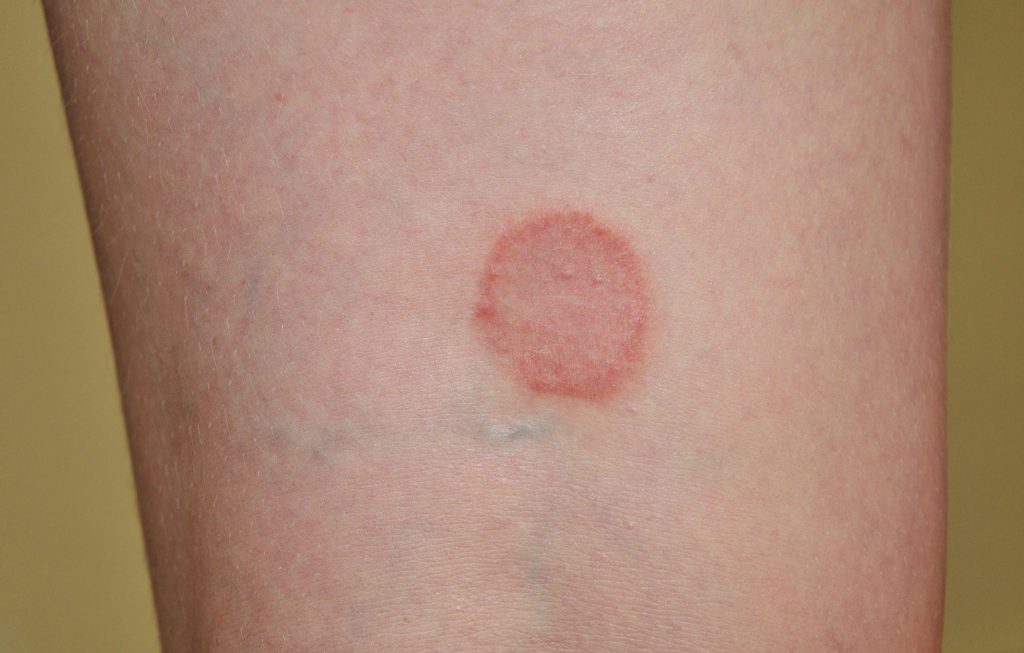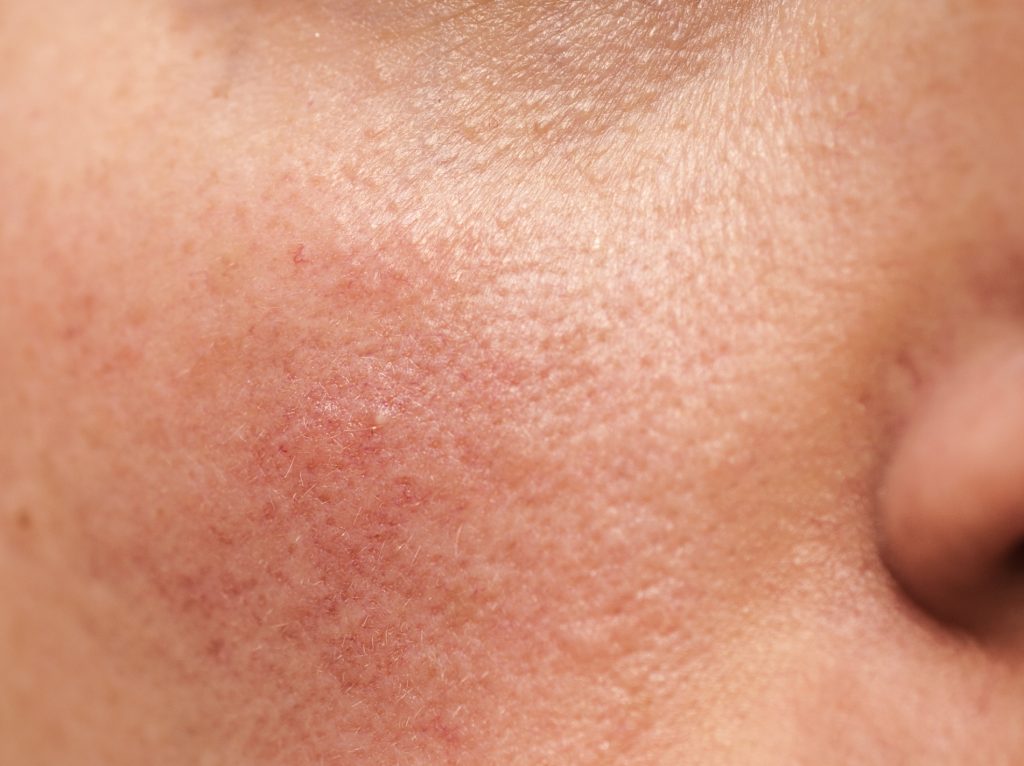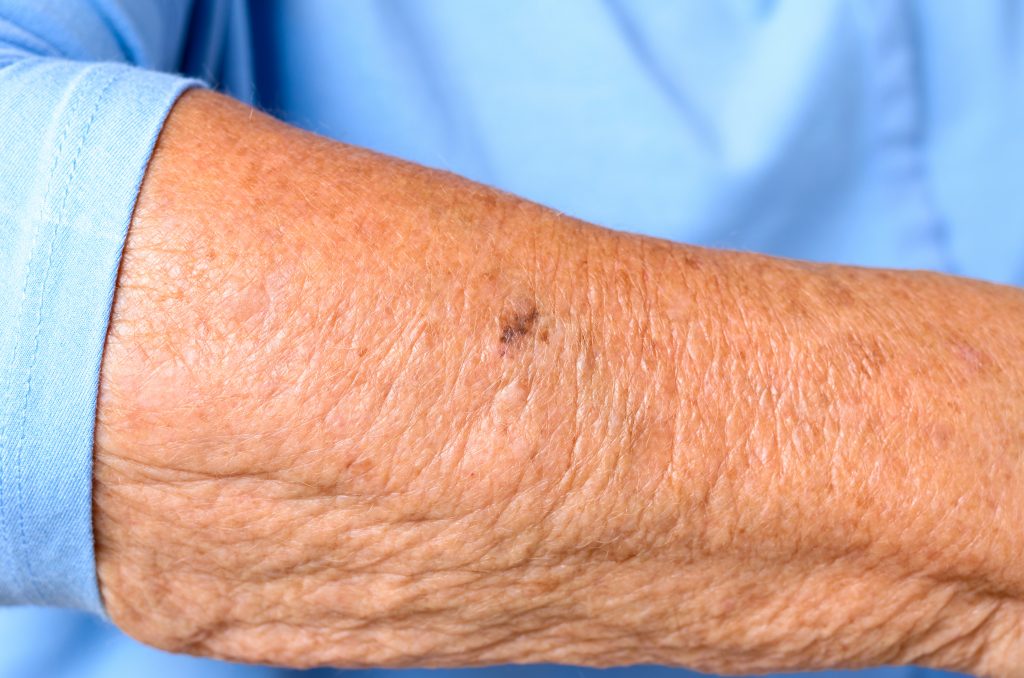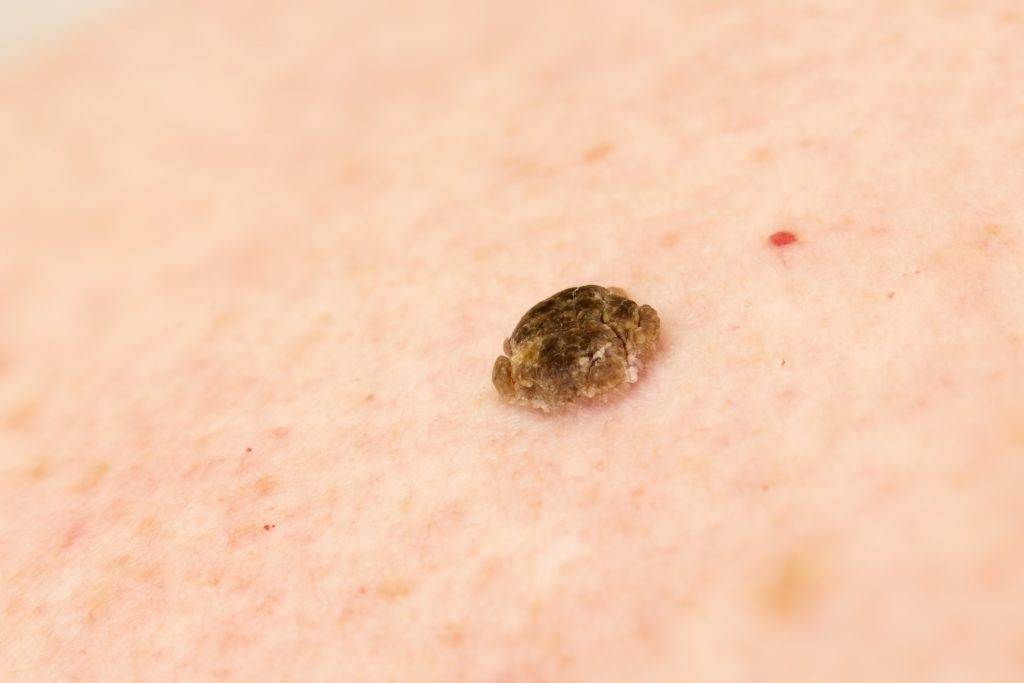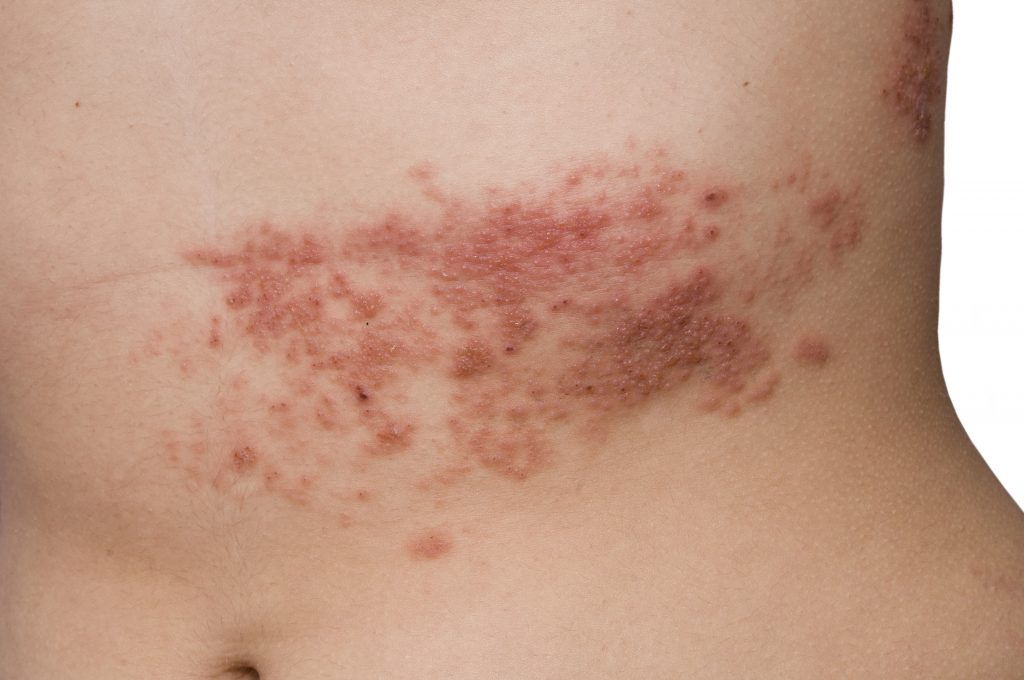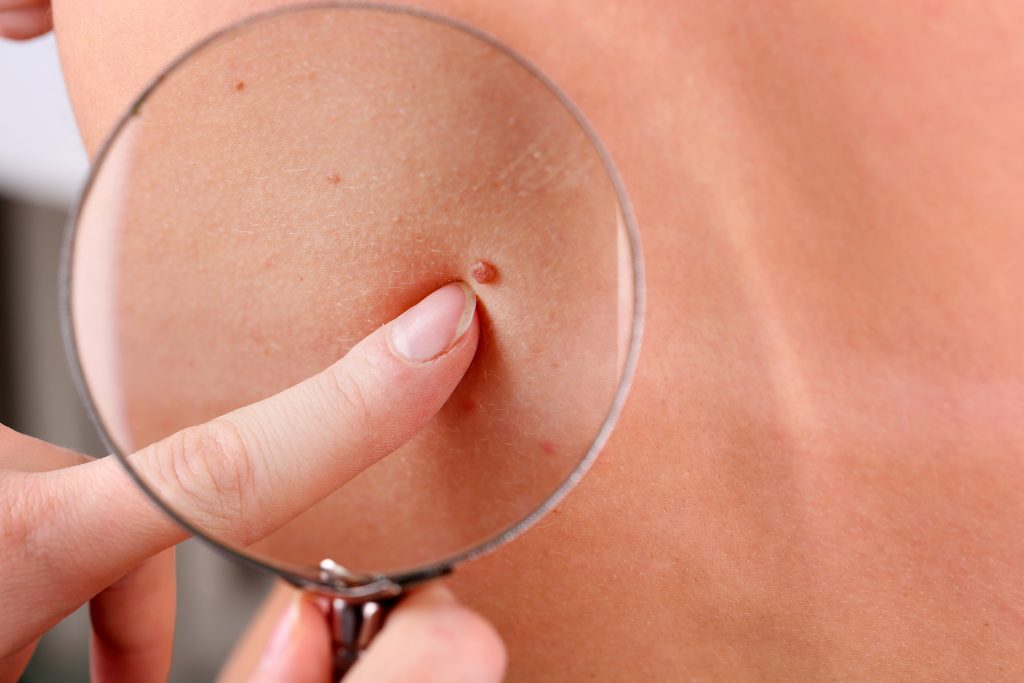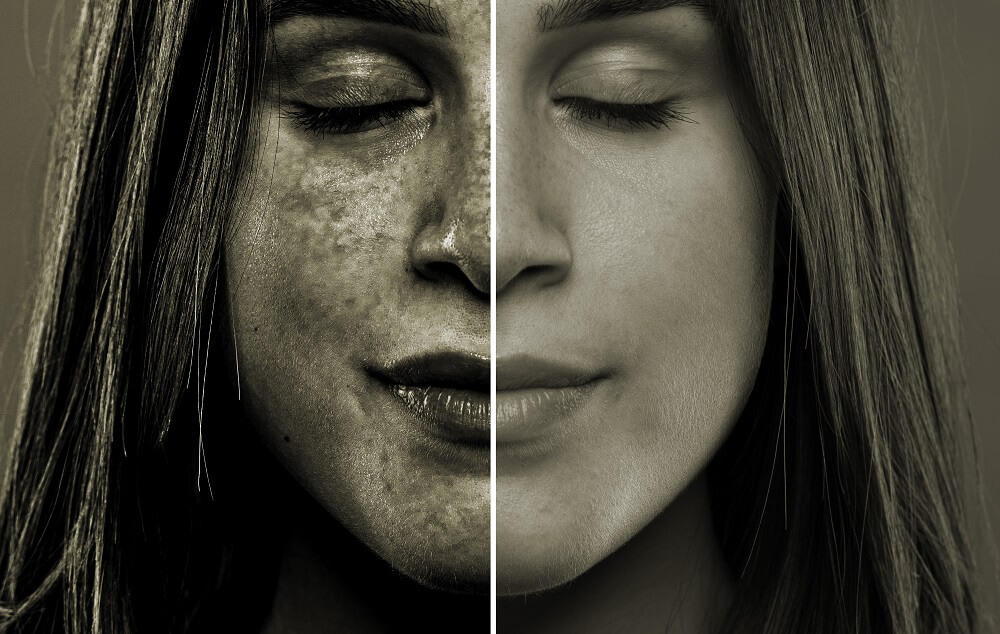Dr. William Grabski brings over twenty years of medical experience to our office. But he also brings something even more important: a caring attitude, keen mind, and a desire to deliver the best medical service for you, his patient.
A 1975 graduate of Geneva College in Pennsylvania, Dr. William Grabski received his MD in 1979 from Temple University Medical School in Philadelphia. He then began a distinguished career in the United States Army from which he retired in 1999. During his military career and following, his accomplishments have included several assignments as a skin care and surgery instructor, plus numerous medical presentations, journal articles, and textbook contributions, as well as many medical awards.
Dr. William Grabski sees patients for a variety of skin problems, and he specializes in Mohs micrographic surgery. This surgery involves examining malignant cells, determining the exact location, and removing the cancer cells while saving the healthy tissue around them. He performed and trained medical personnel on this procedure while at Brooke Army Medical Center in San Antonio. Dr. William Grabski is one of the reasons why many patients like you have experienced such success from their treatment here. He delivers care that makes a difference. Results that improve your life.
Specialties and Affiliations
Honors and Awards
- Meritorious Service Medal, 1981, 1999
- Army Commendation Medal, 1986
- Honorable Mention, Young Investigators Competition of the Journal of Dermatologic Surgery and Oncology, 1988
- “A” (Proficiency Designator) – Awarded by the Surgeon General of the Army for the continued demonstration of the exceptional professional ability in recognition of outside qualifications in the field of Dermatology, 1996
- Army Achievement Medal, 1997
- Order of Military Medical Merit, 1998
- The Legion of Merit, 1999
- America’s Top Physicians, 2004-2005


